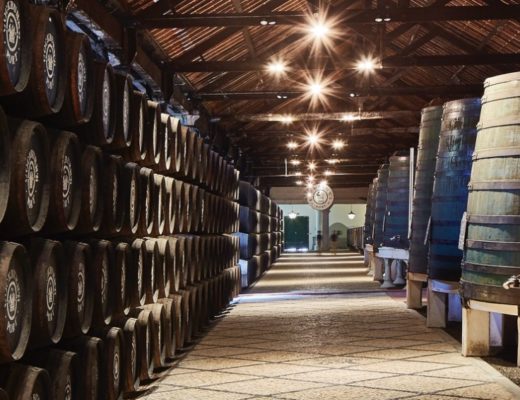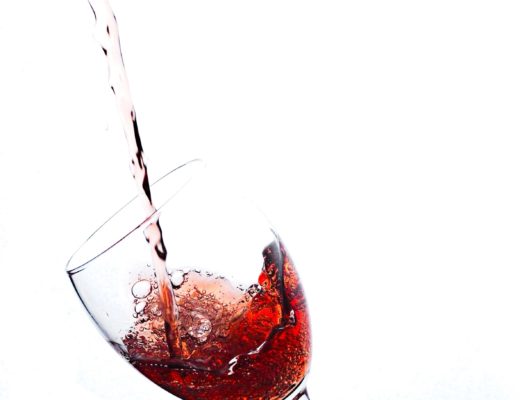They say that there’s no such thing as perfection. We’d argue that great wine comes about as close as it’s possible to get… but even the world of wine has its downsides from time to time. That’s right – we’re talking about wine flaws, and when it comes to the kinds of flaws that can really put a damper on your wine drinking adventures, ‘corked’ wine comes right at the top of the list.
We’ve all heard of corked wine, but a surprising majority of people – even committed wine drinkers – don’t fully understand what it is, or whether or not they’ve encountered a bottle which has been affected with this particular flaw. All we can say is this: if you’ve sipped from a glass of corked wine, you’ll know as soon as the acrid, rancid aroma hits your nose that something’s wrong… very wrong indeed.
Let’s take a look at what this particular flaw is, how it occurs, and what you should do if you find yourself in possession of a corked bottle.
What Corked Wine Isn’t
Before we get into the particulars of what corked wine is, let’s stop for a moment and dispel a few myths, first.
- Corked wine is not what happens when small pieces of cork break off and float in your wine. This is annoying, often unpleasant, and not the best way to enjoy a fine wine… but it isn’t a flaw, and can easily be solved with the use of a decanter.
- Corked wine – as the name suggests – can only come about if your wine has been sealed with a cork. If there was ever an argument for the widespread adoption of the screw-cap (as seen in countries like Australia and New Zealand), this would be it.
- You can’t tell whether or not a wine is corked by sniffing the cork, so stop doing it at restaurants – you look silly.
What Does Corked Wine Smell or Taste Like?
The chemicals in cork taint can be easily detected, because they give off a very powerful aroma – especially if the cork taint has affected the bottle for a considerable amount of time. Once encountered, it’s impossible to mistake for anything else; cork taint smells like moldy old cardboard, wet dogs, and musty basements… a far cry from the rich and spicy fruit flavors you’d expect from a fine wine!
What’s more, corked wine will often be discolored and slightly brownish. The flavor – if you get that far – will be flat, lifeless, and possibly vinegary. Yuck!
How Does Cork Taint Occur?
If you think this kind of thing is uncommon, think again. Experts estimate that around 5% of all wines worldwide are affected by cork taint, and slight traces of it may well affect a huge percentage more.
Cork taint is a reminder that both wine and cork are naturally derived products, which are affected by the same microorganisms that can be found in every corner of the natural world. Cork is quite commonly affected by certain microorganisms, which either eat away at the substance while it is still part of the tree, or after it has been made into a wine corks. When cork comes into contact with a particular airborne fungi (which is impossible to detect or prevent in advance), it produces a chemical called TCA – and that’s the stuff that’s wrecking your wine and making it so unpleasant. However, despite smelling awful, it’s not going to do you any harm if you take a sip of it…. not that you’d want to go any further.
What Should I Do If My Wine Is Corked?
Scientists have discovered ways of removing cork taint from bottles, but their convoluted and complicated methods aren’t exactly user-friendly for the everyday wine fan. To put it simply, if you’ve bought a wine that’s corked, just take it back to the shop you’ve got it from. Professional wine merchants will be more than aware of the possibility of their wines being corked, and shouldn’t have any resistance to giving you a refund. If anything, you’re doing them a favor by alerting them, as whole batches from a particular supplier may be tainted.
At Wine Access, we believe a wine’s story isn’t complete until the bottle is empty. That’s why we put exceptional care into delivering your wine in the condition it was meant to be enjoyed. Any bottle that isn’t in pristine condition is on the house.





